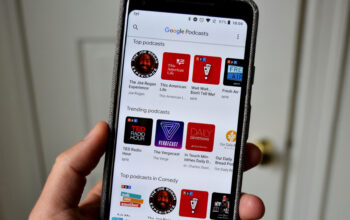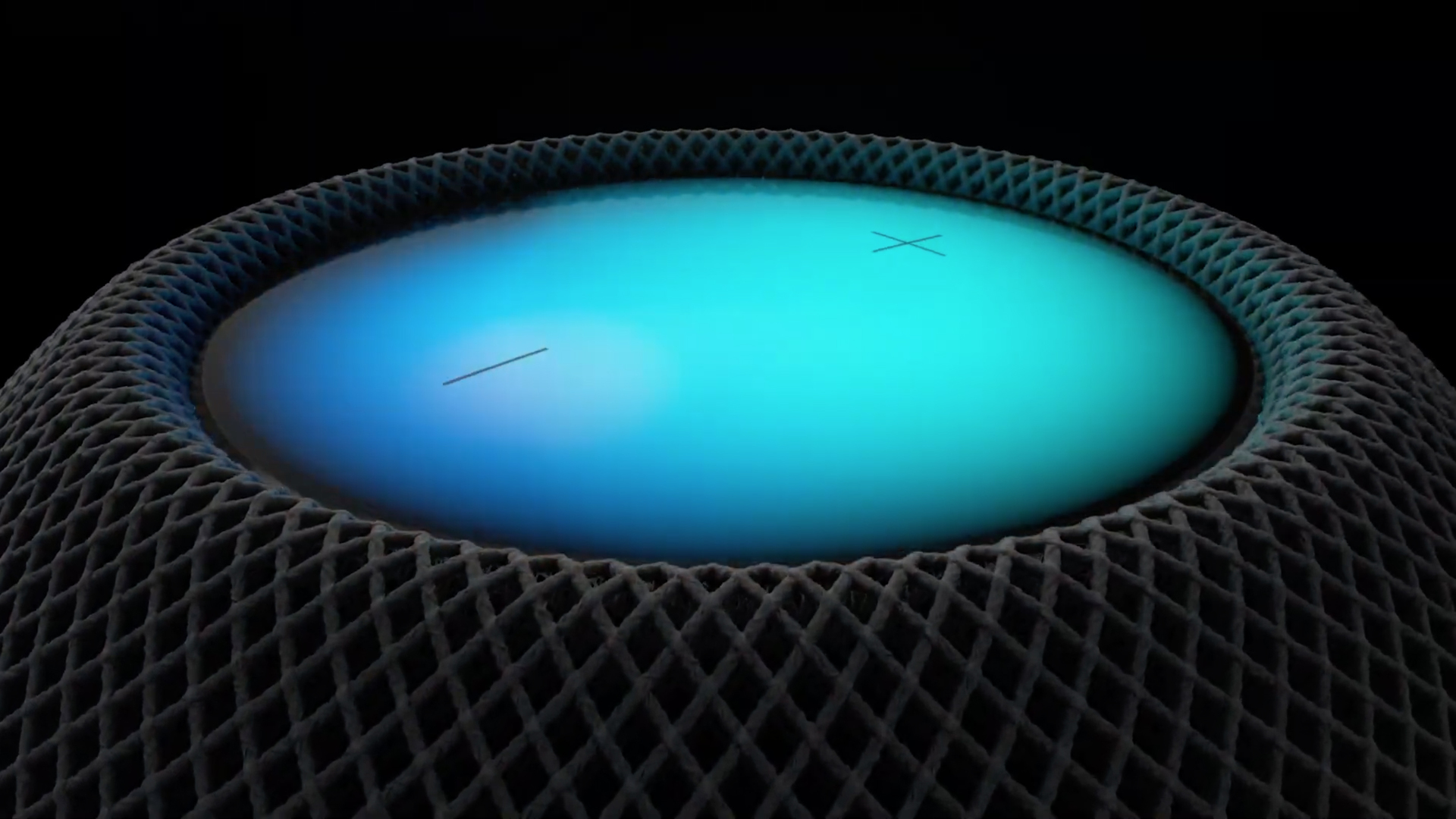
Apple was late to the smart speaker game, and when it finally made it, it botched its initial play. Don’t get us wrong — the 2018 HomePod still sounds amazing, but it launched at $349. That made it costly next to other high-end products, never mind a $100 Echo speaker. And its features were so sharply limited that you couldn’t even set multiple timers, much less use Siri voice commands for non-Apple music. Price cuts couldn’t save it from being discontinued in March 2021.
The HomePod Mini has enjoyed a better response, thanks to a lower price tag and improved software. Still, two years since its release, we think it’s time for Apple to take another crack at the HomePod lineup, adding a variety of upgrades to what we’ll call the HomePod 2.
Spotify integration
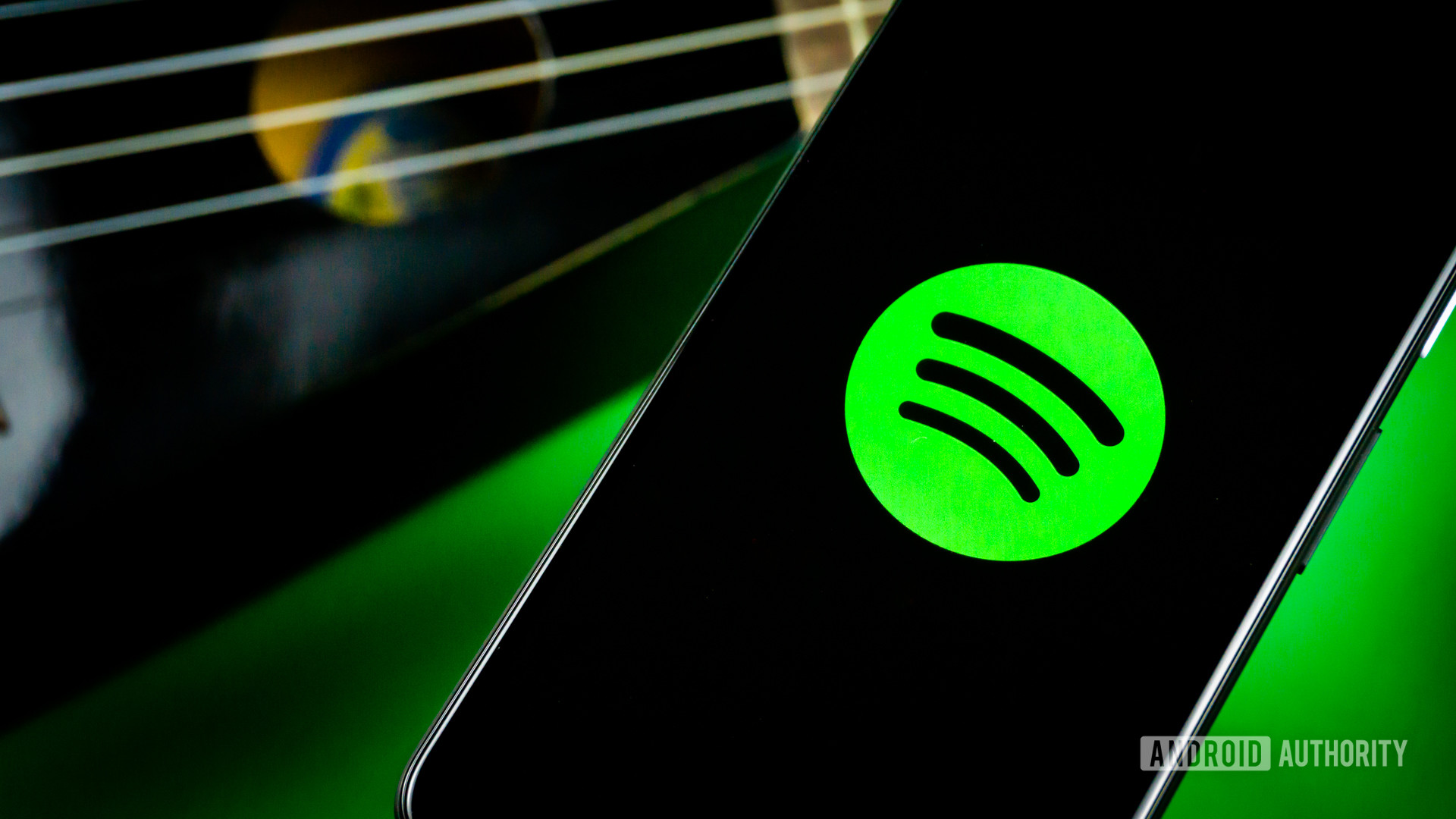
Edgar Cervantes / Android Authority
There’s no getting around it: to break into serious market share, the HomePod 2 needs Spotify as a voice control option, like Amazon or Google. That service remains more popular than Apple Music, and while you can technically play Spotify on a HomePod via AirPlay, part of the point of a smart speaker is being free from phones or tablets. It feels bizarre that you can set a service like Pandora as your voice default, but not the one most people use.
To break into serious marketshare, the HomePod 2 needs Spotify as a voice control option.
The reason, of course, is competition. Apple and Spotify have been at odds for years, fighting over topics like in-app revenue sharing to the point that Spotify lodged a European Commission complaint in 2019. Spotify has even been dragging its heels on adding AirPlay 2 to its iOS app, despite there being no technical obstacles in the way.
Apple and Spotify may not make peace in time to help a HomePod 2 launch. Still, both parties probably recognize the benefits of dropping barriers, so it’s just a matter of settling disputes first.
See also: Everything you need to know about Spotify
A new form factor
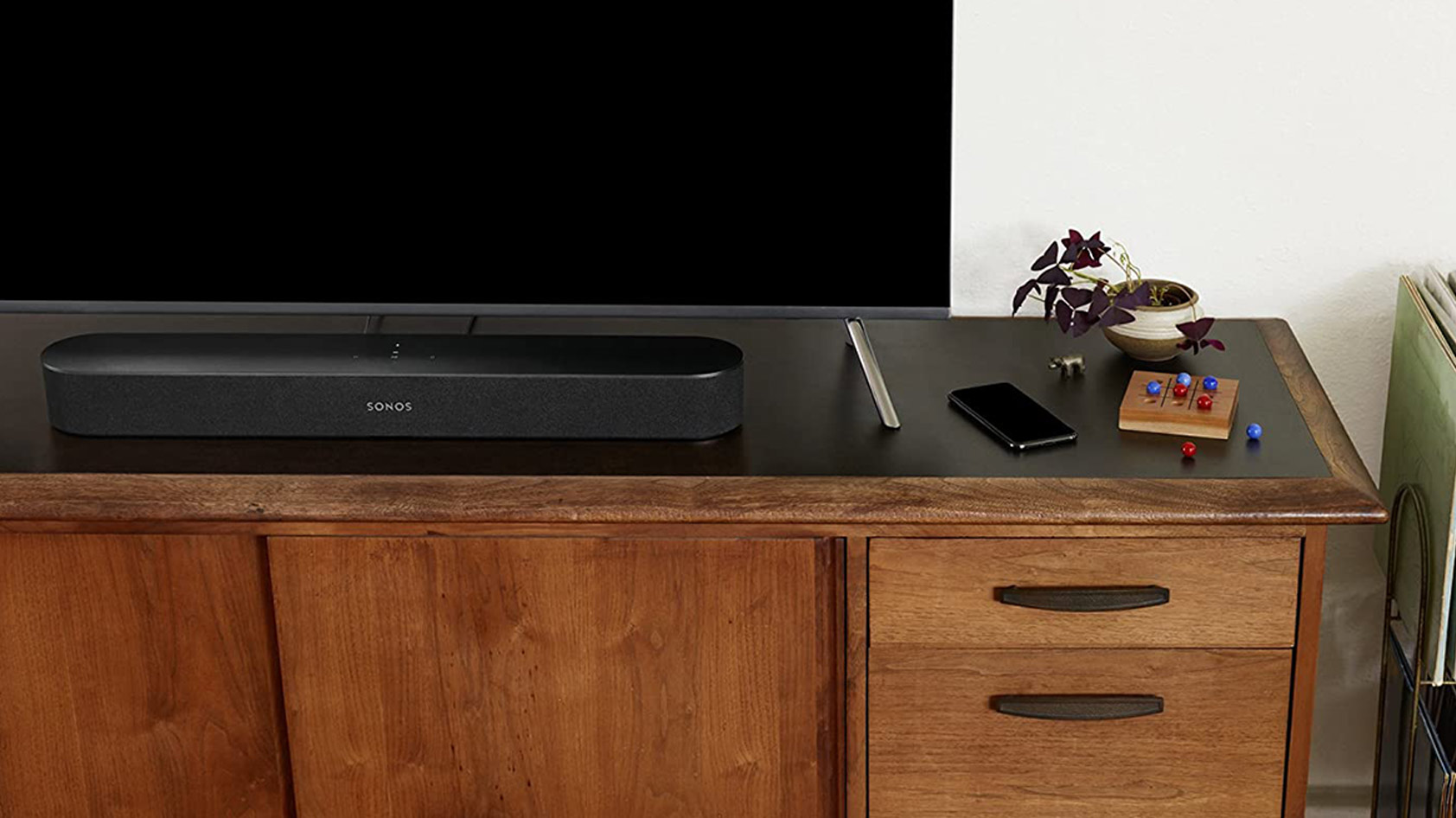
Something that’s likely even more obvious to Apple is the need to expand format options. If you want an Amazon Echo speaker, your choices include everything from the small, budget-priced Echo Dot to the Echo Studio, which was obviously intended as a HomePod-killer. Apple is down to the HomePod Mini, which isn’t powerful enough for every scenario.
There have been rumors of other form factors, such as a soundbar for TVs, and/or a smart display to compete with products like the Echo Show 8 or Google Nest Hub Max. Either could make sense for Apple — a soundbar would be an easier sell than a standalone speaker, since it would pull double duty and might even include built-in Apple TV features. A smart display could help make FaceTime and HomeKit more accessible, and perhaps open up HomePods to non-Apple users — currently, you can’t even set up a HomePod without an iPhone, iPad, or iPod touch.
Related: Everything you need to know about Apple HomeKit
More connection options

Regardless of form factor, the HomePod 2 could stand improved connectivity. The Mini lacks 3.5mm, HDMI, or optical ports, and even its Bluetooth radio is used for Apple’s Handoff feature, not direct music playback. That means you can only ever push music to it via AirPlay, i.e. by using other Apple devices.
A soundbar would naturally require HDMI and/or optical connections, unless it was paired with a separate Apple TV. Apple might even want to add one or both of these ports to a higher-end standalone speaker, allowing it to plug into both TVs and receivers. A 3.5mm port is unlikely — since Apple treats this as a relic technology — but it would open the door to a lot of audio sources.
Something we’re really interested in seeing is how Apple will implement Matter, a universal networking protocol meant to allow smart home accessories to work across all major platforms. The HomePod Mini already supports Thread, a closely-related mesh technology, but Matter should in theory allow the HomePod 2 to connect (to some degree) with Amazon Alexa and Google Assistant, or vice versa. Apple is notoriously resistant to playing nice with third-party platforms — but it’s also one of Matter’s primary backers, so it can’t just ignore the standard in an obvious use case.
Android compatibility
Robert Triggs / Android Authority
It’s safe to say Apple is shutting out much of the market for HomePods by offering zero Android support. Sure, iPhones and iPads are commonplace in the US and Canada, but they’re not omnipresent, and there are many regions where Android rules supreme.
Apple is of course trying to lock existing customers into its ecosystem, but it could potentially rope in new ones if they got a taste through a smart speaker. The difficulty would be in creating an Android-compatible setup method — the HomePod Mini currently requires the Apple Home app for iOS, which in turn relies on platform hooks for Siri, HomeKit, and your Apple ID. The obstacles aren’t insurmountable, but it’s doubtful that Apple is willing to radically alter this arrangement when it knows most Android users will veer towards Alexa- or Google-based speakers.
A more capable Siri
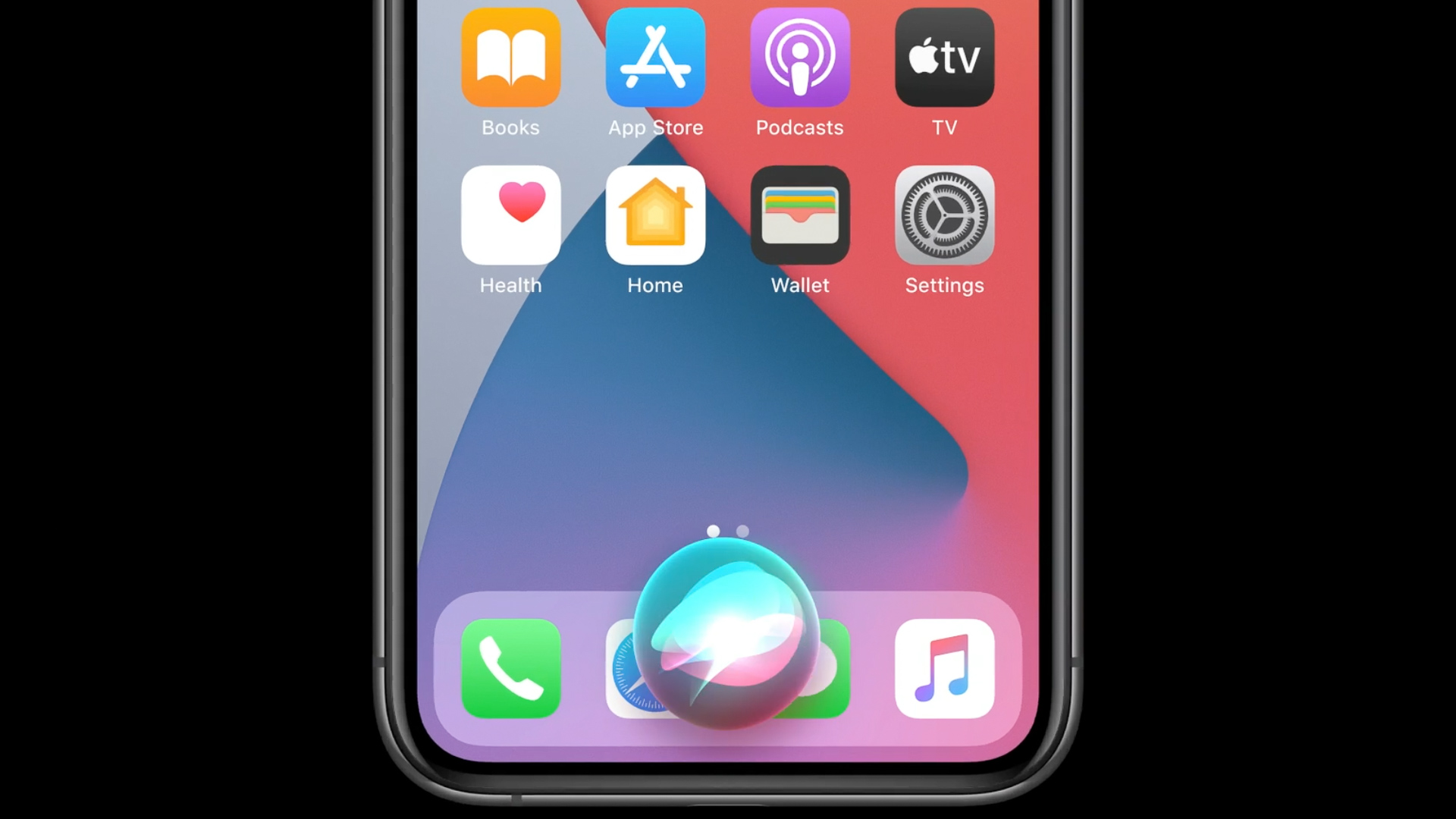
Siri is the worst of the big three voice assistants. That might sound harsh, but while Siri is functional and slowly improving, it’s not as responsive or versatile as its rivals. Many knowledge questions result in you getting a web link rather than a vocal answer, and it just can’t compare with Google Assistant in understanding context, much less supporting multiple commands in the same sentence (e.g. “Set the volume to five and play NPR radio”).
To be useful as the centerpiece of a smart home, a speaker has to support the services people use, and not treat third parties like some sort of intruder.
Part of the explanation lies in strict privacy policies. Compared to others, Apple doesn’t collect much data about its users or their voice activity, so while the company touts its machine learning, it’s tough for Siri to evolve.
Siri also links with fewer outside apps and services, which is where Apple deserves more blame. To be useful as the centerpiece of a smart home, a speaker has to support the services people use, and not treat third parties like some sort of intruder. Spotify is the biggest gap on HomePods — but there are others, and it’s going to be a long time before Siri can catch up to the huge volume of Alexa skills, if ever.
While we’re at it, Apple should implement alternate or fully custom wake words. “Hey Siri” works well enough, but accidental triggers do happen, and some people are actually named Siri.
Environmental sensors

Adam Molina / Android Authority
The HomePod Mini contains an unused temperature and humidity sensor. It stands to reason, then, that Apple might want an active sensor in the HomePod 2, so people who have appliances like fans and dehumidifiers can set up HomeKit automations without needing separate sensor data.
Another nice addition would be an Echo-style motion sensor. That would mostly be useful for turning on lights when you enter a room, but technically speaking, the possibilities would be limited only by your imagination.
Which upgrade would you want most on a HomePod 2?
15 votes
When could the HomePod 2 be announced?

Rumors from March 2021 suggest that before the original HomePod was discontinued, Apple was targeting 2022 for the release of the HomePod 2. There hasn’t been any reliable information since — so while a 2022 announcement is still possible, it would be surprising, especially if Apple attempts something as radically different (from its own perspective) as a smart display. That could mean we’ll be waiting until spring 2023 or later.
Read more: The best smart speakers


